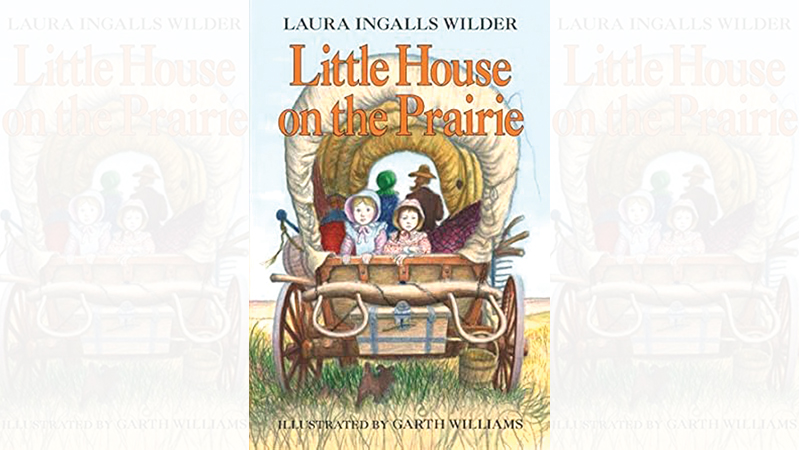Some books live quietly in our memory like an old family photograph, faded at the edges, perhaps, but deeply cherished. Little House on the Prairie by Laura Ingalls Wilder is one of those books. Published in 1935, it continues to find a place on bookshelves, in classrooms, and in the hearts of readers young and old. Its enduring charm lies not only in the simplicity of its storytelling but also in the quiet strength of its values: resilience, gratitude, family, and the human spirit’s ability to adapt and endure.
At its core, Little House on the Prairie tells the story of a family making their way west in 19th-century America. It follows the Ingalls family—Pa, Ma, Mary, Laura, and baby Carrie—as they leave the Big Woods of Wisconsin and set up home on the vast Kansas prairie. The story unfolds through the eyes of Laura, the spirited daughter whose curiosity, honesty, and occasional mischief give the novel its warmth and heart.
The plot is simple, almost episodic. There’s no real antagonist unless you count nature itself. Prairie fires, illness, wolves, blizzards, drought, and the constant uncertainty of pioneer life provide the tension. Yet the book never feels flat. It moves gently but steadily, with moments of danger balanced by others of deep peace—Ma churning butter, Pa playing the fiddle, or the family gathered around the fire on a quiet night.
What makes this book still readable nearly a century later is the voice. Laura’s storytelling doesn’t feel like it’s trying to impress. It’s clear, unpretentious, and honest. There’s a kind of moral sincerity in every page—never preachy, just present. She doesn’t dramatise hardship. She simply tells us: this is how it was. And in that simplicity, we find something rare—truth.
One of the reasons the book holds up is that it doesn’t sugar-coat the tough parts of frontier life. Illness strikes. Crops fail. Settlers clash with Native Americans, and the uncomfortable tension of westward expansion is never far from the surface. Readers today may find certain scenes troubling, particularly in how Indigenous people are depicted. It’s important to approach these parts with context and awareness—understanding both the historical setting and how perspectives have evolved.
Little House on the Prairie also opens space for important conversations. It allows readers to engage with the past honestly, acknowledging both the courage of settlers and the injustices faced by Native communities.
At the heart of the book is the idea of home—not as a fixed place, but as something built, protected, and carried in the hearts of those who love one another. The Ingalls family faces constant change, but they move forward together. Pa’s optimism, Ma’s steady hand, Mary’s gentleness, and Laura’s growing sense of the world around her all become part of what “home” means.
The book also speaks to the value of small things. A homemade rag doll. Fresh cornbread. A tin cup of molasses on Christmas morning. In an age of noise and abundance, Little House on the Prairie reminds us of how deeply we can cherish what’s earned, shared, or simply enough. The story doesn’t rely on big revelations or grand speeches. Its power is in the everyday—getting water from a creek, making maple syrup, watching the wind blow through tall prairie grass.
For younger readers, it offers a window into a different world , one without phones, cars, or even electricity. But surprisingly, many of the emotions are still familiar. Feeling scared at night. Watching a parent struggle to stay strong. Wanting to be brave. Longing for a place that feels safe. These are timeless.
For older readers, rereading Little House on the Prairie often becomes an act of quiet reflection. It invites us to slow down, to appreciate the texture of daily life, and to consider what it means to work hard and love deeply. In that sense, it’s not just a children’s book. It’s a book for anyone who has ever tried to build a life out of hope and hard work.









